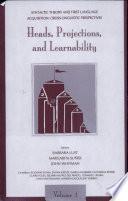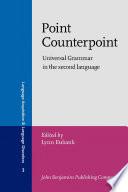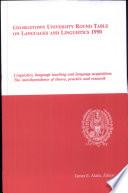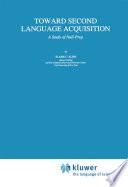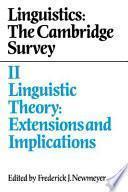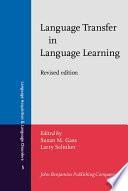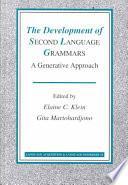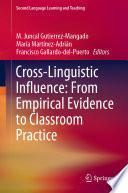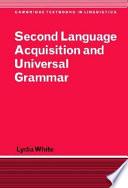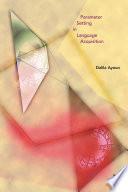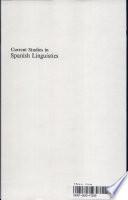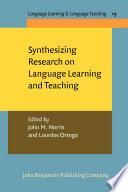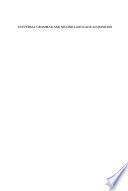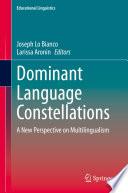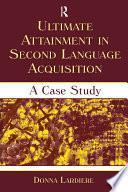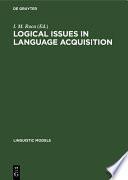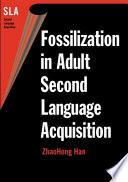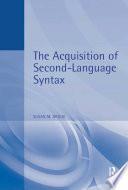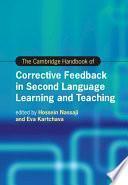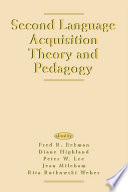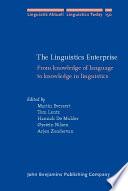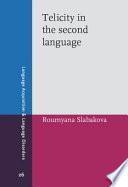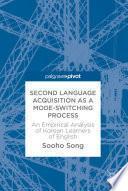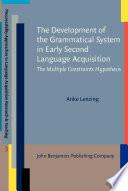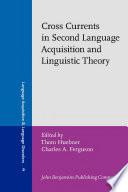
Cross Currents in Second Language Acquisition and Linguistic Theory
Author: Thom Huebner , Charles A. Ferguson
Number of pages: 435The term “crosscurrent” is defined as “a current flowing counter to another.” This volume represents crosscurrents in second language acquisition and linguistic theory in several respects. First, although the main currents running between linguistics and second language acquisition have traditionally flowed from theory to application, equally important contributions can be made in the other direction as well. Second, although there is a strong tendency in the field of linguistics to see “theorists” working within formal models of syntax, SLA research can contribute to linguistic theory more broadly defined to include various functional as well as formal models of syntax, theories of phonology, variationist theories of sociolinguists, etc. These assumptions formed the basis for a conference held at Stanford University during the Linguistic Institute there in the summer of 1987. The conference was organized to update the relation between second language acquisition and linguistic theory. This book contains a selection of (mostly revised and updated) papers of this conference and two newly written papers.

